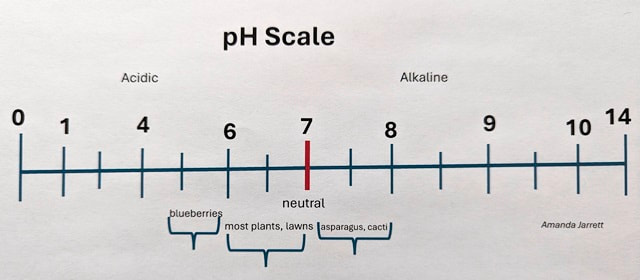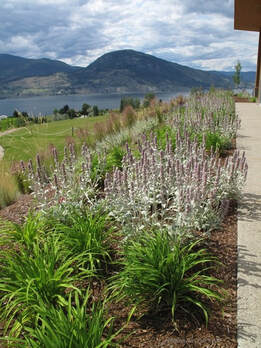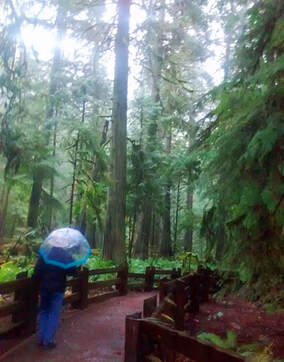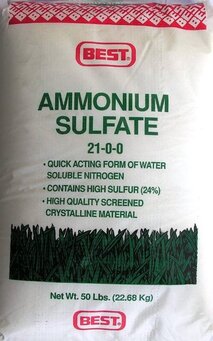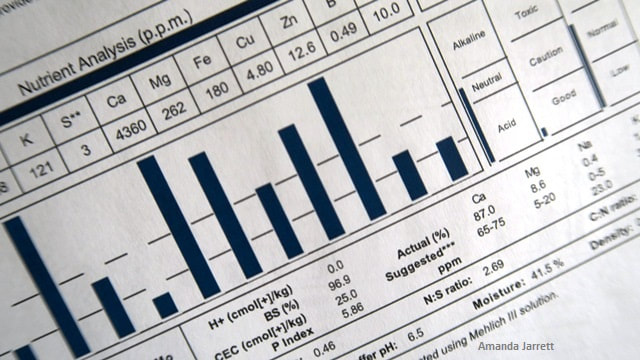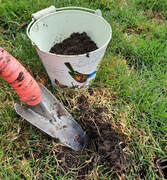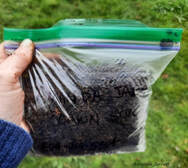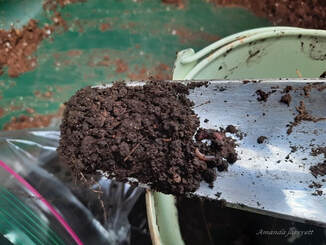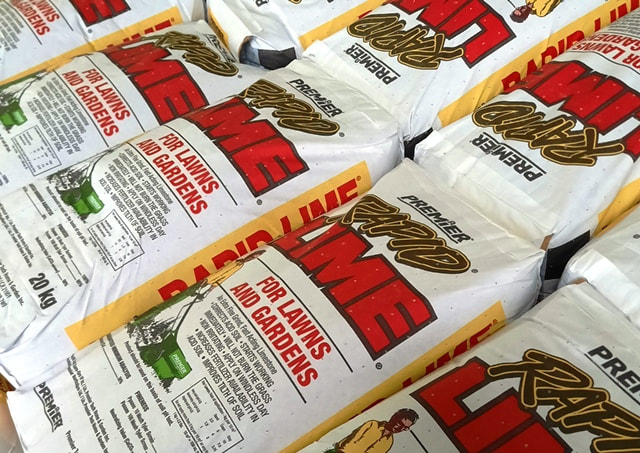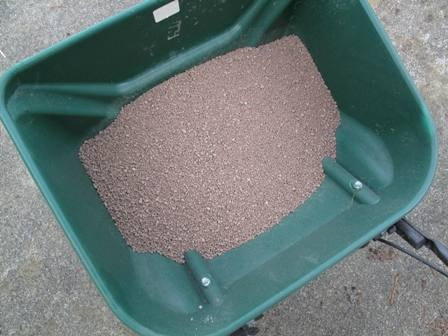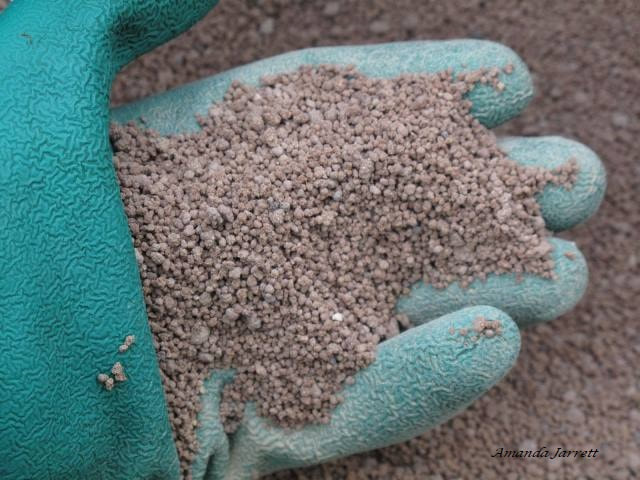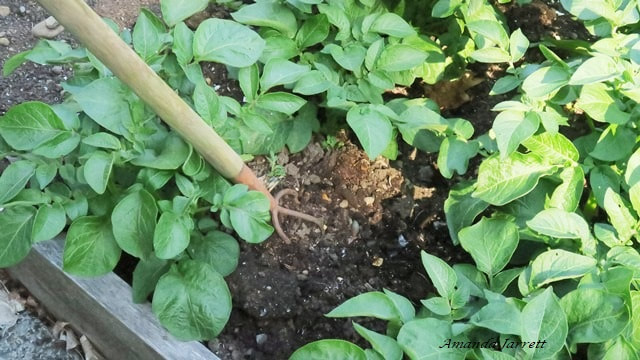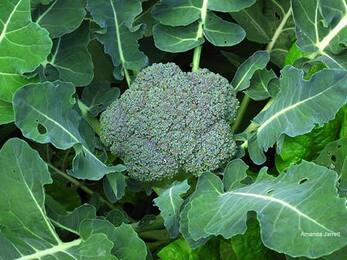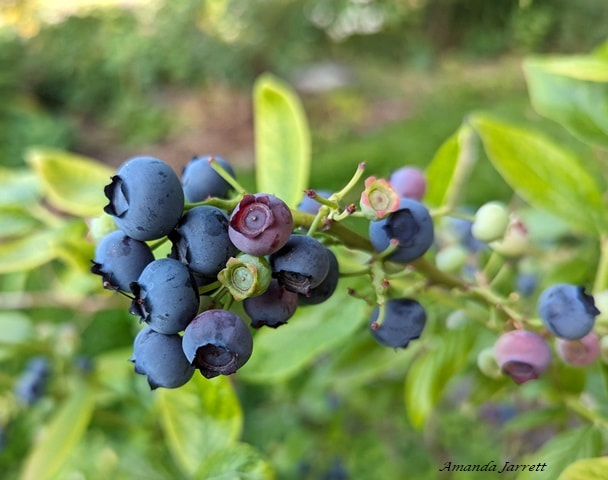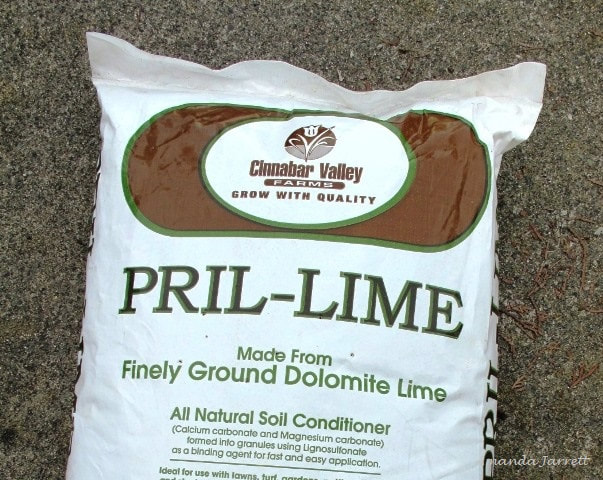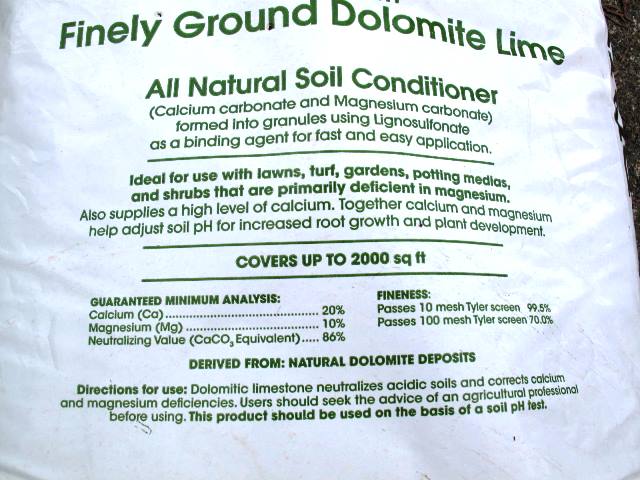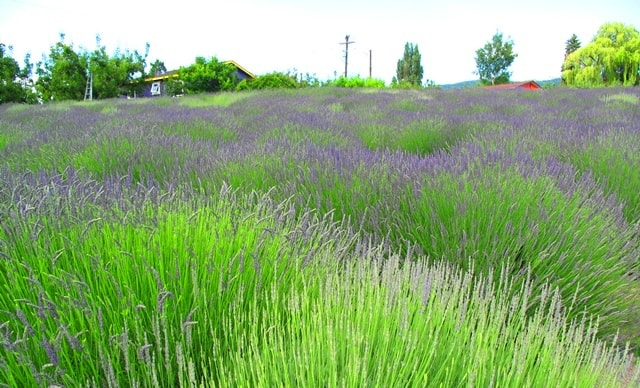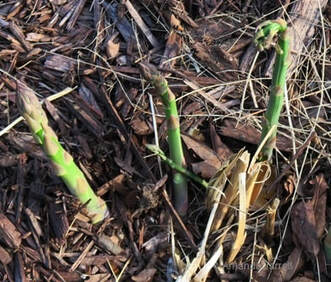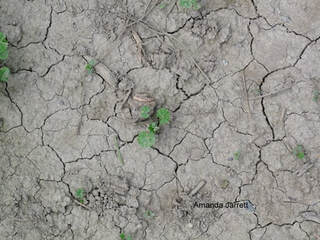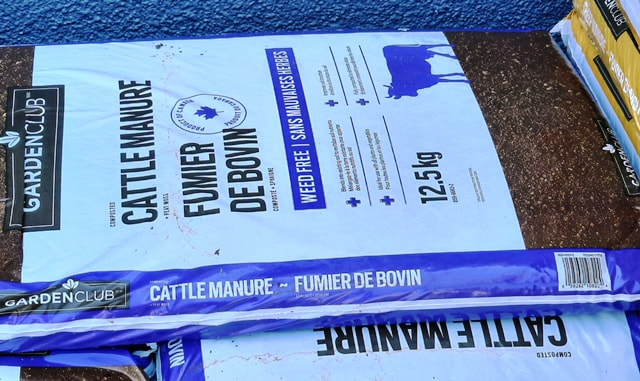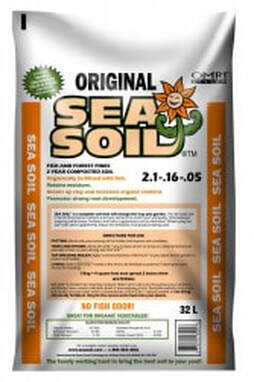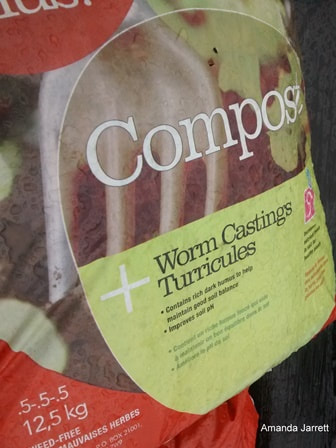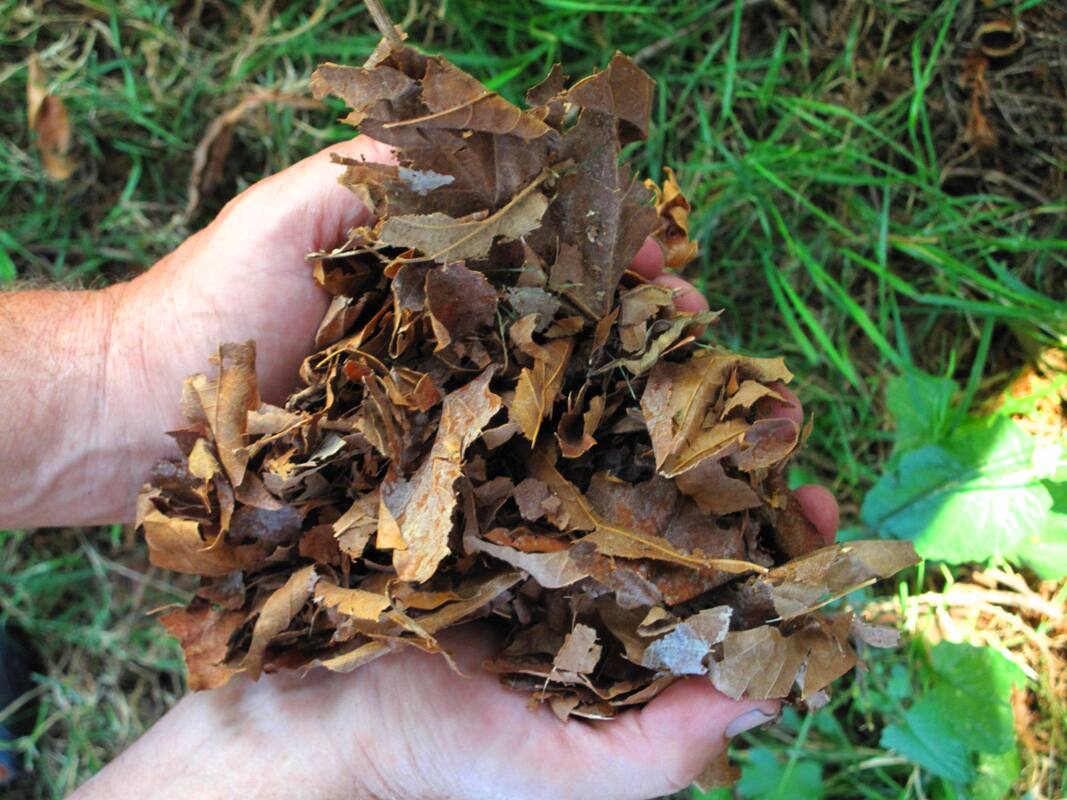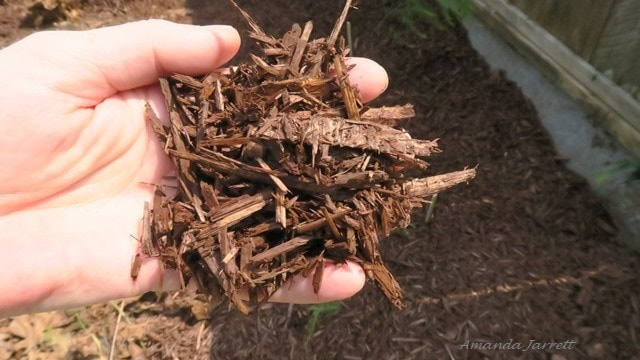It's all about the pH
Most plants prefer slightly acidic soils with a pH of 6.0 to 6.8. Acidic soils occur in rainy climates, and they contain lots of organic matter from decomposing fallen foliage and other plant debris. Here in British Columbia, on the western side of the Rockies, soils tend to be in the 5 range so annual liming is often necessary. It’s too acidic for lawns, however, it’s the perfect pH for blueberries and rhododendrons that prefer a pH of 4.5 to 5.5. Note that frequent use of fertilizers containing ammonium sulphate will also make soils more acidic.
Neutral soils have a pH of 7, however soils with a pH of 7.5 and above, are too sweet, too alkaline. They are found in drier climates with calcareous soils that contain little organic matter. Lavenders, asparagus, hollyhocks, cacti and succulents tolerate ‘sweet’ and ‘base’ soils of pH of 7.5 and above.
If the pH is off, plants are unable to absorb nutrients held in the soil. They fail to grow and become stuck in suspended animation until they eventually succumb. Altering the pH is relatively easy to do, but it is always a temporary fix as it will eventually revert back to its indigenous state. Lime is often used on lawns to raise the pH from 6.2 to 6.8. However, before adding lime, it is always a good idea to do a soil test.
If the pH is off, plants are unable to absorb nutrients held in the soil. They fail to grow and become stuck in suspended animation until they eventually succumb. Altering the pH is relatively easy to do, but it is always a temporary fix as it will eventually revert back to its indigenous state. Lime is often used on lawns to raise the pH from 6.2 to 6.8. However, before adding lime, it is always a good idea to do a soil test.
Soil Testing
Soil test kits and pH meters are available online and where garden products are sold, however, they may not be accurate. Soil test labs provide accurate pH readings as well as the N-P-K, micronutrients, amounts of organic matter and other pertinent information. As an added benefit, they also recommend what needs to be done to rectify any problems.
Whenever doing a soil test, gather soil samples from different areas of the garden or lawn. For example, take numerous samples from the lawn, mix them together then label. Do the same with the veggie bed and any other areas in question. To take a sample, remove the leaf litter and dig down about 4 inches using a trowel. To find a soil testing lab near you, just do an online search ‘Soil Testing Labs Near Me’.
Soil test kits and pH meters are available online and where garden products are sold, however, they may not be accurate. Soil test labs provide accurate pH readings as well as the N-P-K, micronutrients, amounts of organic matter and other pertinent information. As an added benefit, they also recommend what needs to be done to rectify any problems.
Whenever doing a soil test, gather soil samples from different areas of the garden or lawn. For example, take numerous samples from the lawn, mix them together then label. Do the same with the veggie bed and any other areas in question. To take a sample, remove the leaf litter and dig down about 4 inches using a trowel. To find a soil testing lab near you, just do an online search ‘Soil Testing Labs Near Me’.
Types of Lime
All limes are not created equal. Basically, there are two types of lime used in gardens: garden (agricultural) lime and dolomitic lime. Garden lime is derived from calcium carbonate, whilst dolomitic lime is a type of rock. It contains calcium and magnesium. Other limes include slaked lime, hydrated lime and non-agricultural quick lime. There are not suitable for garden use and should not be used.
Dolopril lime is the better option for gardens as it contains 12% magnesium as well as 22% calcium carbonate. It is gentler on the soil and the microorganisms. However, when used frequently, it will cause a nutrient imbalance. The ideal ratio of calcium to magnesium should be 5:1 not 2:1.
All limes are not created equal. Basically, there are two types of lime used in gardens: garden (agricultural) lime and dolomitic lime. Garden lime is derived from calcium carbonate, whilst dolomitic lime is a type of rock. It contains calcium and magnesium. Other limes include slaked lime, hydrated lime and non-agricultural quick lime. There are not suitable for garden use and should not be used.
Dolopril lime is the better option for gardens as it contains 12% magnesium as well as 22% calcium carbonate. It is gentler on the soil and the microorganisms. However, when used frequently, it will cause a nutrient imbalance. The ideal ratio of calcium to magnesium should be 5:1 not 2:1.
Lawns: In spring, apply Dolopril lime just as the grass starts to grow or in early fall. Wait two weeks before applying nitrogen as the nitrogen is easily lost to the air. Lime once a year unless the amount is halved then apply half in spring and half in autumn. Don't spread lime by hand, use a drop spreader to ensure even distribution.
Veggie beds: Don’t lime soils where potatoes are to be grown as the higher pH encourages potato scab. Alternatively, apply lime to the soils where cabbage, broccoli, kale, brussel sprouts and other cruciferous plants are to be grown to prevent clubroot.
Lime dosages
Dolomite lime is recommended for garden use, however a more user friendly lime is Dolopril. Each grain of lime is coated making it easier to dispense and less dusty. Follow the complete instructions on the label of all lime products. Don’t apply more than 5 pounds of lime for every 100 square feet. Avoid fast acting lime as it tends to burn, especially when overapplied.
Dolomite lime is recommended for garden use, however a more user friendly lime is Dolopril. Each grain of lime is coated making it easier to dispense and less dusty. Follow the complete instructions on the label of all lime products. Don’t apply more than 5 pounds of lime for every 100 square feet. Avoid fast acting lime as it tends to burn, especially when overapplied.
Alkaline Soils: Lowering pH
Aluminium sulphate is used to lower pH on alkaline (sweet, base) soils, (pH above 7. However, it’s only temporary and must be reapplied. Before applying aluminium sulphate a better option is to grow with the flow, and select plants that prefer a higher pH such as lavenders, asparagus and succulents.
Aluminium sulphate is used to lower pH on alkaline (sweet, base) soils, (pH above 7. However, it’s only temporary and must be reapplied. Before applying aluminium sulphate a better option is to grow with the flow, and select plants that prefer a higher pH such as lavenders, asparagus and succulents.
Managing Soils
Improving the soil is a common sense and sustainable approach no matter what the pH. Organic matter is the essential component to a sustainable healthy soil biome. No matter what the soil type is, whether it’s mostly clay or sand, the addition of organic matter improves the composition of the soil. Not only are nutrients retained, they’re also more available to the plants.
Incorporate compost, SeaSoil, composted or well-rotted aged manure or other organic matter into the soil annually. Top it off with 3 inches of organic mulch. Just lay it on top of the soil and around plants. Mulch helps nourish the soil, protects it from temperature fluctuations, holds in moisture and deters weeds. For more information on soil health click on Building Soils.
Improving the soil is a common sense and sustainable approach no matter what the pH. Organic matter is the essential component to a sustainable healthy soil biome. No matter what the soil type is, whether it’s mostly clay or sand, the addition of organic matter improves the composition of the soil. Not only are nutrients retained, they’re also more available to the plants.
Incorporate compost, SeaSoil, composted or well-rotted aged manure or other organic matter into the soil annually. Top it off with 3 inches of organic mulch. Just lay it on top of the soil and around plants. Mulch helps nourish the soil, protects it from temperature fluctuations, holds in moisture and deters weeds. For more information on soil health click on Building Soils.
